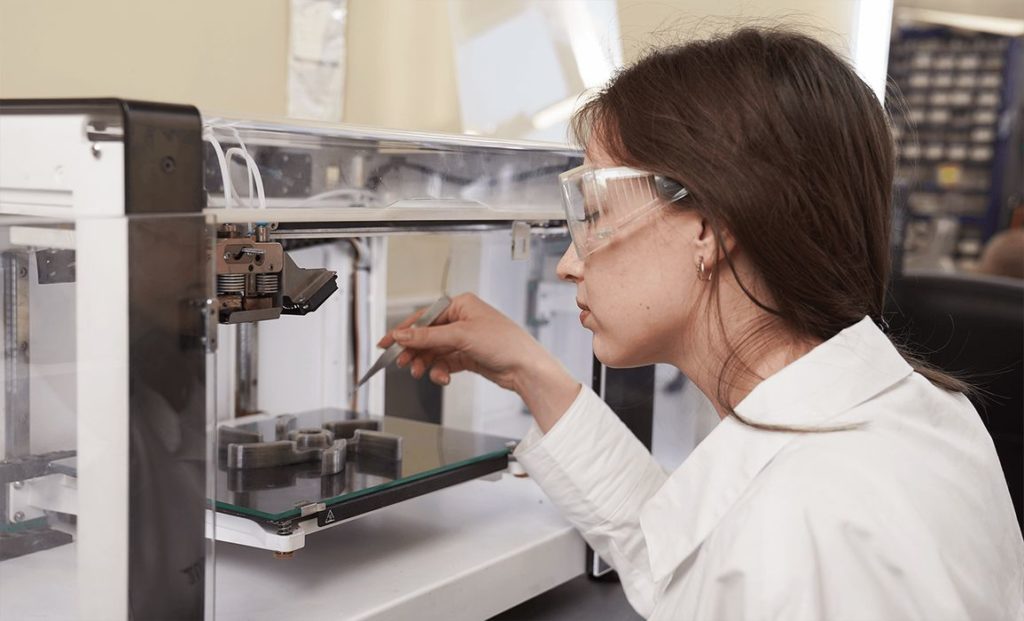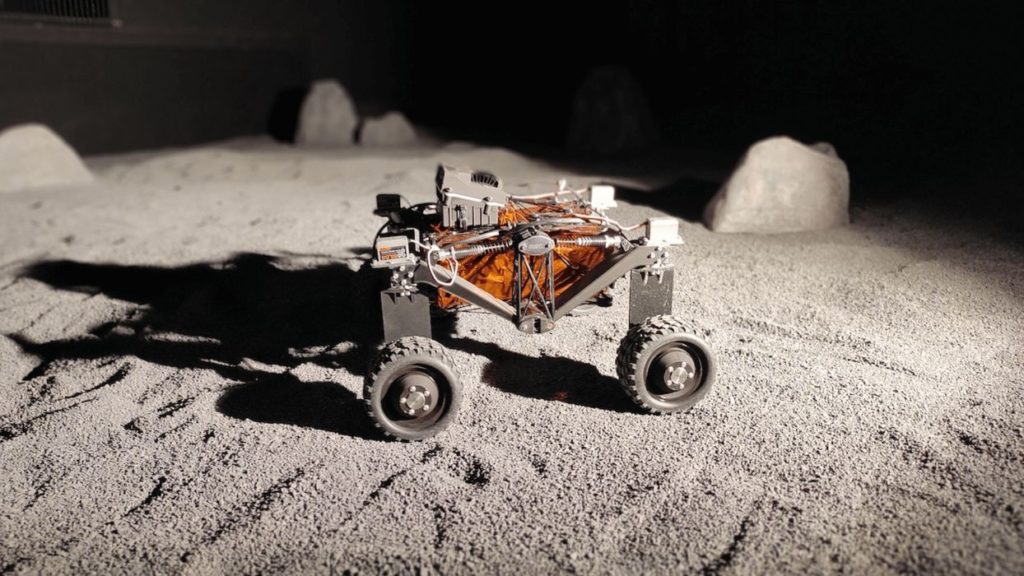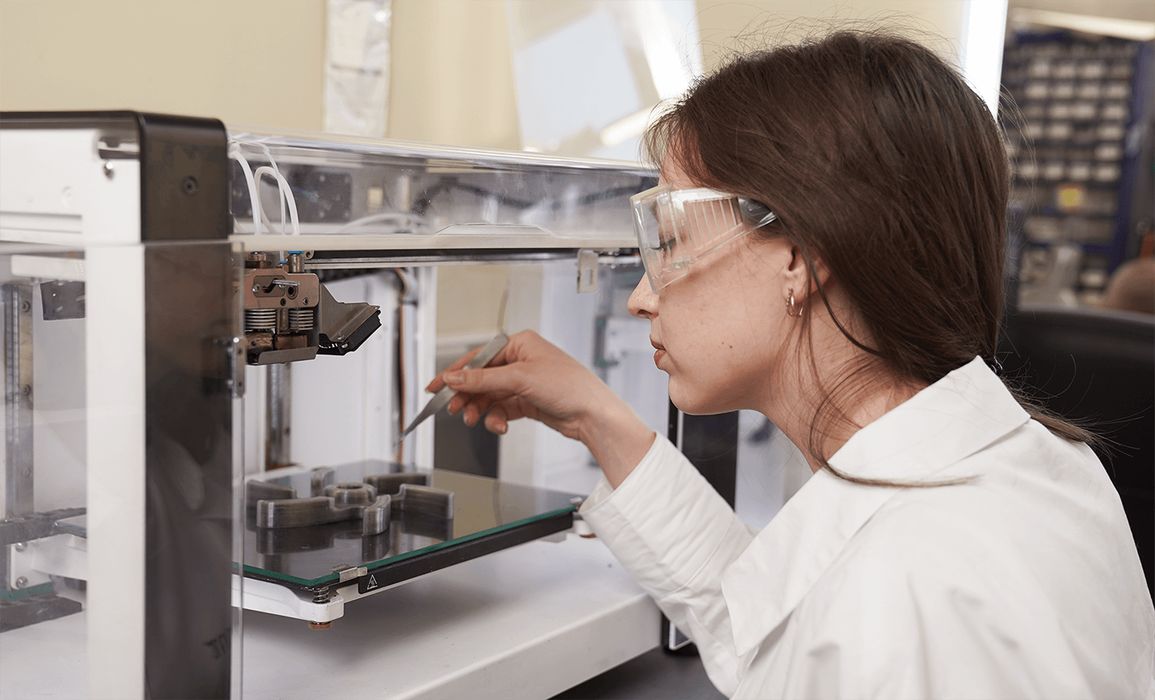
The European Space Agency has significant interest in space-based 3D printing, now with yet another project launched.
ESA has performed a number of projects to develop various types of 3D printers to be operated in space, including:
- A partnership with Incus to develop a metal 3D printer
- An initiative to develop a continuously operating 3D printer for long parts with BEEVERYCREATIVE
- A project to develop 3D printing with Moon dust
- A metal 3D printing project
- Another metal 3D printing project
- A recent partnership with AddUp to develop yet another metal 3D printer
If that wasn’t enough, there is more: ESA has now partnered with Anisoprint to develop a continuous carbon fiber 3D printer for use in the space environment.
Working with Anisoprint makes sense, because they are a European (Luxembourg) company that has a well-developed continuous carbon fiber 3D printer. Their equipment is able to produce extremely strong parts that make use of long carbon fibers. This is quite different from the chopped carbon fiber that’s commonly found in composite filaments; here Anisoprint literally has a spool of carbon fiber in their machines that is deposited into the print.
The resulting parts are so strong they can be substituted for much heavier metal parts in applications where the temperatures are not too high.

Anisoprint announced they have been selected to participate in the “Startup Support Program” by the European Space Resources Innovation Centre. Anisoprint is one of five successful applicants to the program, where 28 didn’t make the cut.
What will Anisoprint do in this project? They explain:
“Anisoprint applied to participate in the ESRIC incubator to adjust composite fiber 3D printing for close-to-zero gravity conditions. During the SSP, the team will work on the development of equipment allowing 3D printing of tools, components, repair parts and structural elements made of composite materials in conditions of weightlessness and low gravity. Anisoprint’s project will support the development, extraction and use of space resources.”
Anisoprint CEO Fedor Antonov said:
“Space is a huge opportunity and an exciting challenge, and ultimately space exploration is the frontier of engineering progress. In-space manufacturing, in-orbit manufacturing were always my biggest endeavors. The Luxembourg government has designated spacetech as one of its top development priorities, and we are thrilled to have a chance to contribute to that under the ESRIC initiative.”
This is good news for Anisoprint, who now will enter the group of companies developing space-based equipment. This sector is likely to grow swiftly once SpaceX’s Starship project comes online in a couple of years, so Anisoprint is well positioned with this partnership.
As for ESA, I have to believe they could be the leader in space-based construction and manufacturing if they can leverage the results of all these 3D printing experiments.
Via Anisoprint

